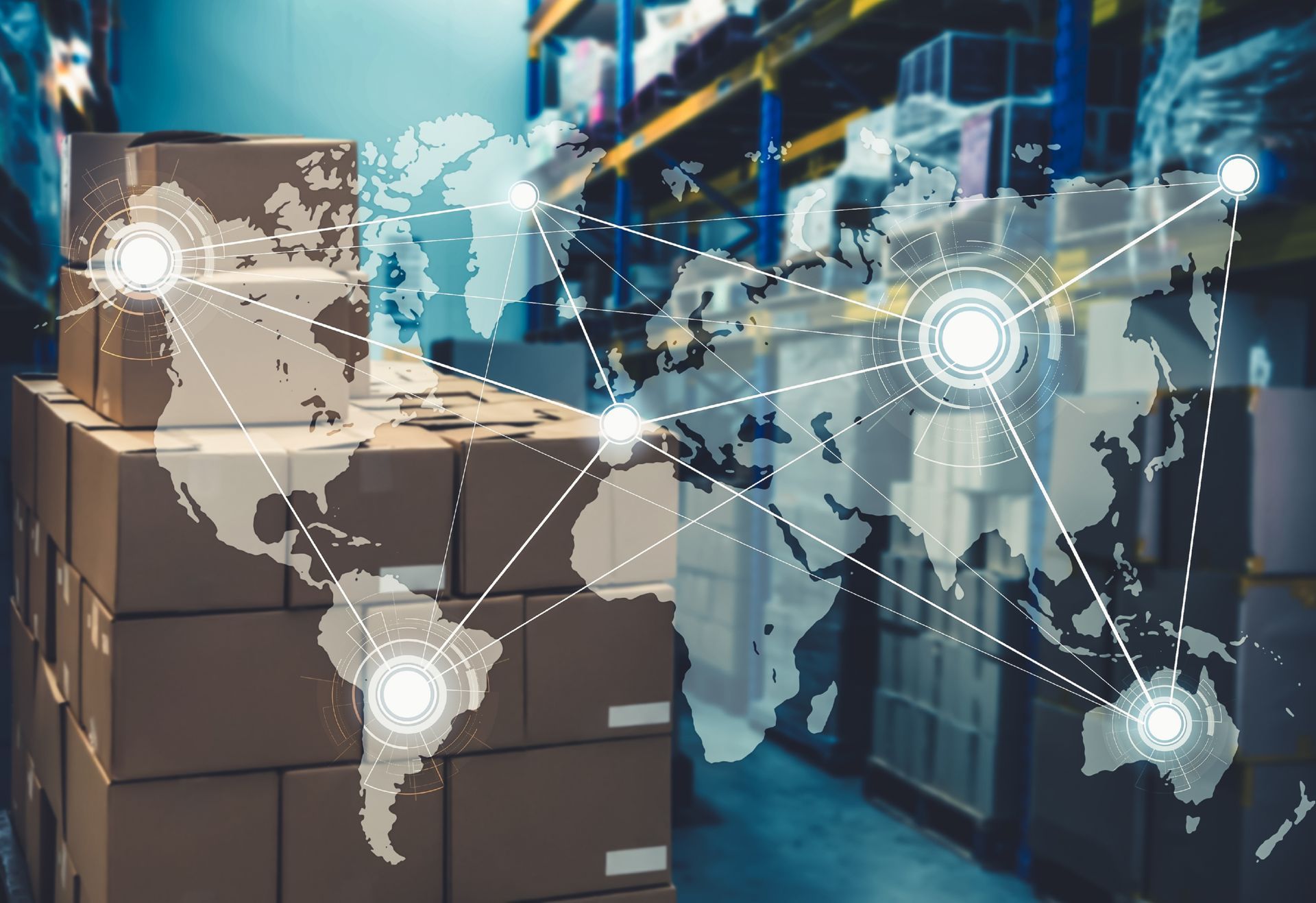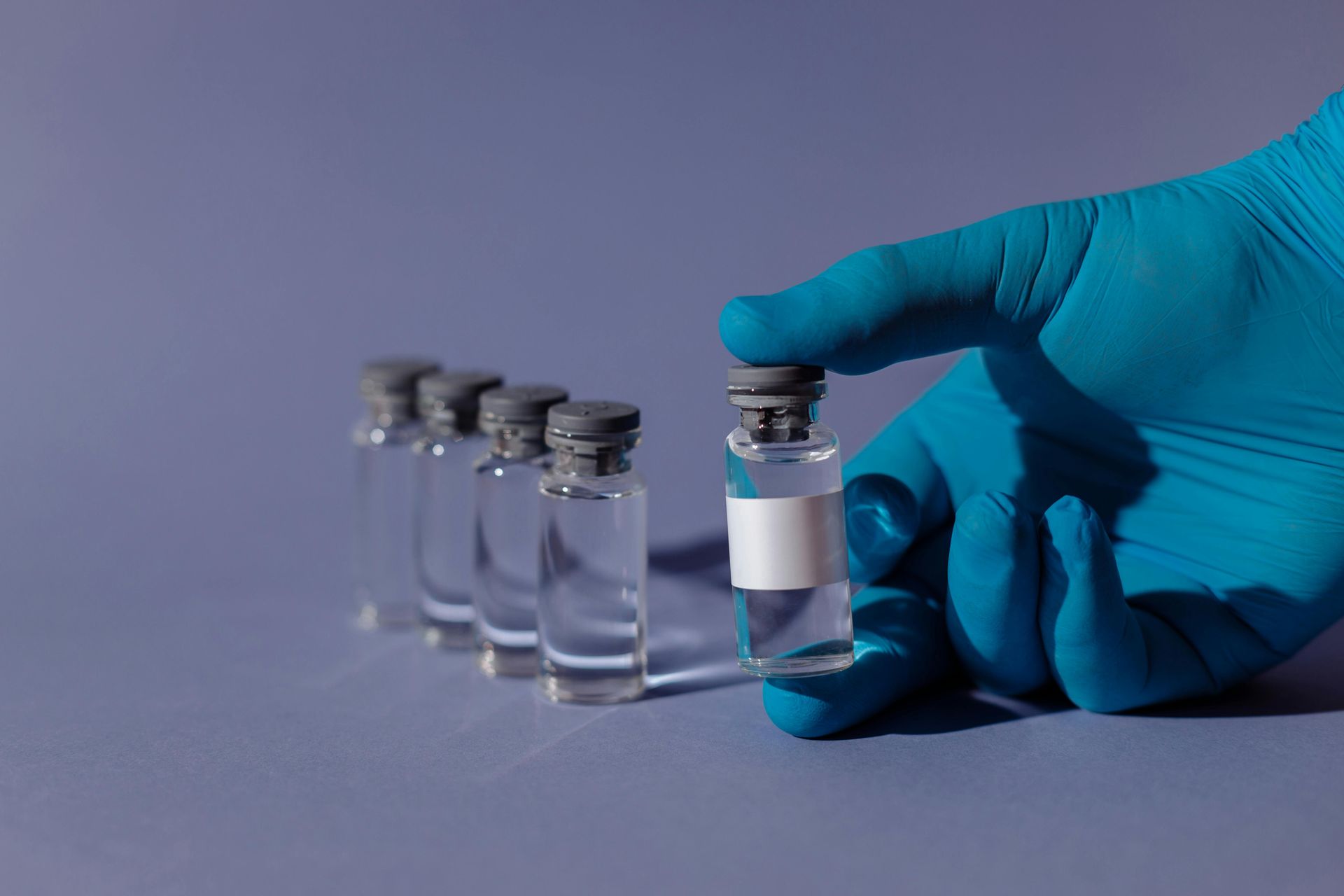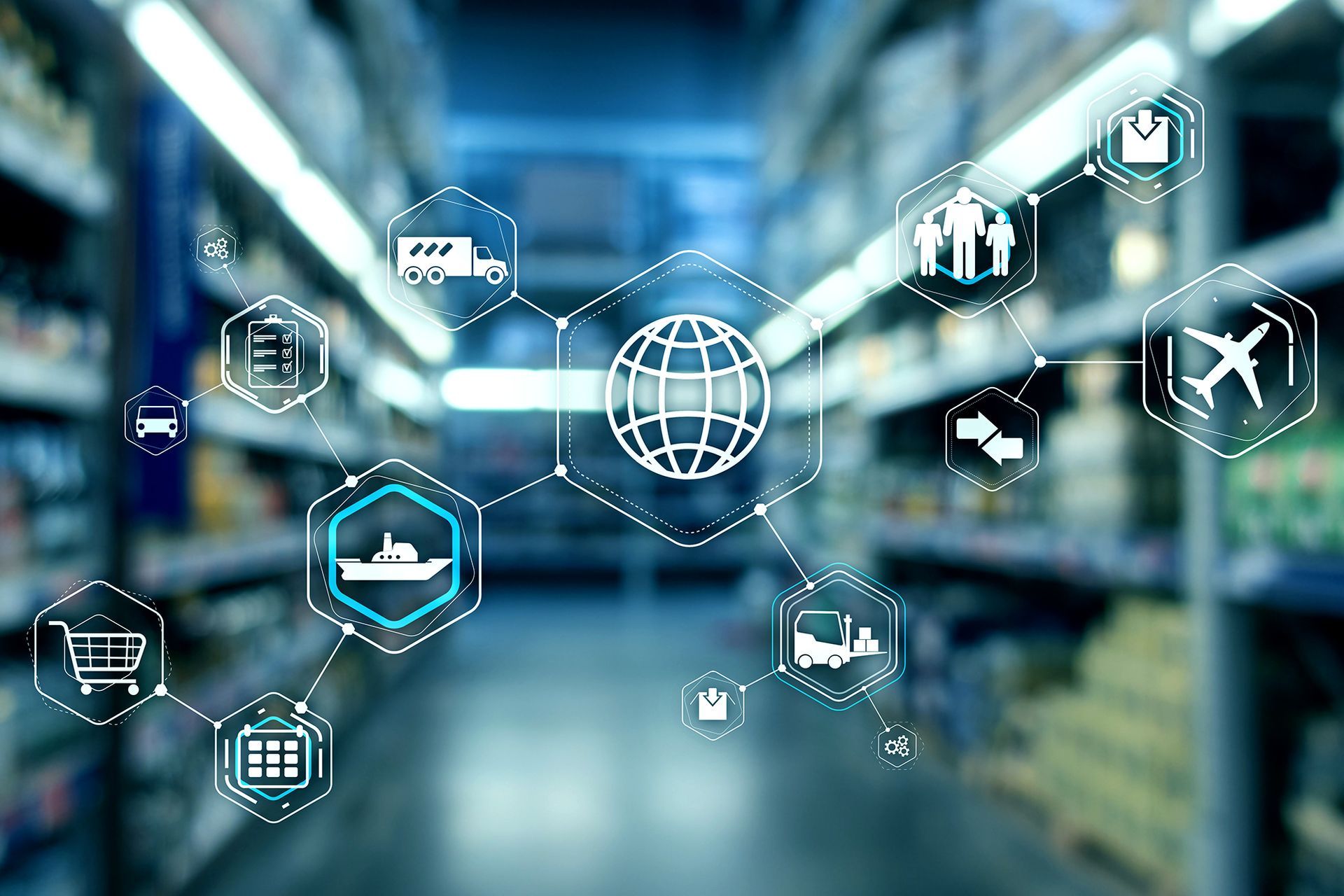Top 5 IoT trends that will shape tomorrow
IoT has developed into a significant technology impacting almost every industry and people’s every-day lives.
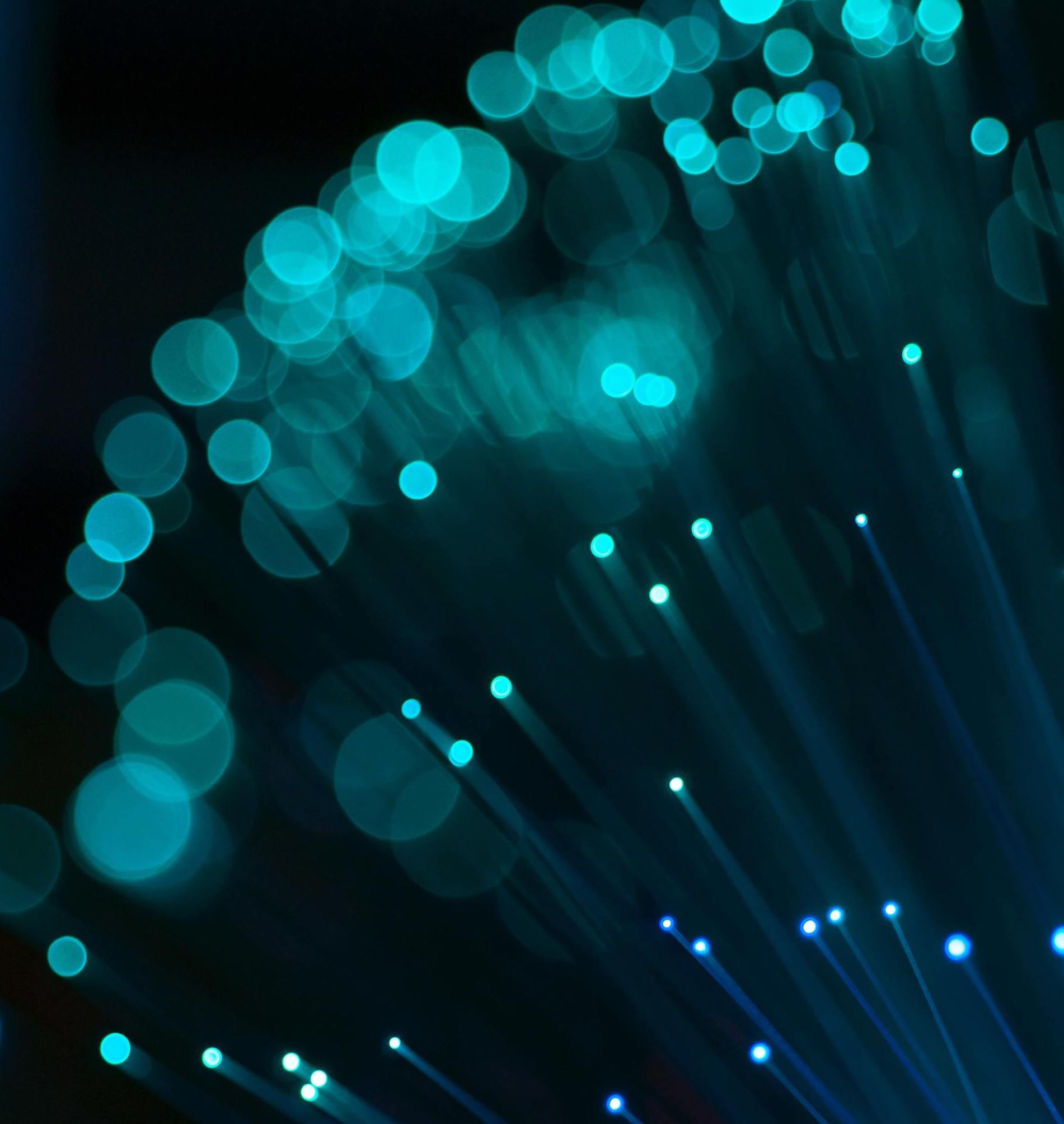
IoT has developed into a significant technology impacting almost every industry and people’s every-day lives. It’s becoming more important than ever for companies to invest in emerging technology to remain competitive in their industry. Discussed below are five top IoT trends that will help shape tomorrow.
Greater consumer adoption leading to greater focus on industrial IoT
Within the next decade, we will see a shift from consumer adoption to a larger focus on industrial IoT and its capabilities. As greater consumer adoption is occurring at the present time, it will begin to plateau over the next decade. Companies in the next 10 years will increasingly realise the full potential scale of industrial IoT and its capabilities, therefore, increasing industrial adoption across all industries shifting the focus to using technology to solve problems that are being experienced.
As we are experiencing consumer take-off of IoT products, businesses are beginning to realise that the focus now needs to shift towards solving social problems. In particular, some of the IoT technology being developed can be applied in a multitude of ways such as agriculture, transportation, healthcare, the food industry, and humanitarian aid just to name a few. The full potential power of IoT, however, has not yet been fully harnessed. IDC has predicted that spending on IoT technology will reach 1.2 trillion dollars in 2022.
IoT has become a cornerstone of company transformations. Companies are looking at new business models and how they can begin to create greater cost savings, utilise and optimise staff better and streamline ever-day tasks while creating greater efficiency within the company. As more companies begin to implement IoT technology, the full potential of analytics and emerging technology will be realised allowing companies to gain an advantage over their competitors and allow them to develop a greater market share.
IoT in healthcare
Healthcare will begin to embrace IoT further. As many would already know, wearables are the simplest form of how healthcare is using IoT. Wearables such as smartwatches and Fitbits are helping individuals understand and improve their fitness and wellbeing. We are now beginning to see that other devices are being created for the healthcare industry. Healthcare professionals are now realising the potential IoT has to disrupt the industry.
We are however only seeing the beginning of IoT being implemented into healthcare as its full potential has not yet been unlocked. Companies that are looking to implement IoT devices into healthcare have to realise that the technology needs to be implemented both seamlessly and universally to create a wide universal application of the device that can be used by any healthcare professional.
One particularly interesting perspective is the use of robots in healthcare. Robots have the potential to be revolutionary. One problem experienced is sending doctors into war zones for immediate care of injured personnel. Robots will take the danger away from individuals having to put their life on the line to help soldiers in need of care while also giving the same amount of precision and care that doctors would give.
The Massive growth of IoT
The growth of IoT will boom in the next coming years. Statista has predicted by 2020 that there will be 31 billion devices globally. As the growth continues to boom, we will see more companies beginning to embrace the capability of IoT devices being able to assist in reporting and tracking assets.
It goes without saying that the capabilities of IoT technology will grow even further making such devices even smarter. The leap in growth is due to several contributing factors including security, simplicity of use, lower user costs, and value that can be driven from the data gathered from such devices.
Better data analytics
Over time with the massive growth of IoT technology and IoT enabled devices, the world will become more connected allowing for better data derived analytics to be collected. Just about anything can be connected via the internet of things and turned into a smart device allowing data to be collected and analysed in ways we thought were never possible.
Companies are now looking at how they can use technology such as IoT to solve their problems. As technology progresses and greater uptake occurs, it’s without a doubt that technology and capabilities will become more advanced. Artificial intelligence (AI) will further contribute to the use of data analytics and developing greater insights.
Boost in predictive maintenance
The development and increasing capabilities being incorporated into innovative IoT products are allowing predictive maintenance technology to be applied to them. Predictive maintenance as such is the ability for IoT enabled products and devices to collect data and for it to be analysed thereby predicting maintenance for the product or device. This can be achieved not only for companies but also for individuals using smart technology within homes such as appliances and smart home systems.
With the uptake of predictive maintenance within the manufacturing industry, it is becoming one of the most tangible IoT applications at the moment within industry 4.0. It can change how business is done allowing for necessary proactive measures to be taken. The real value of predictive maintenance is the ability to assess the conditions of these machines effectively promoting longer machine lives, increased safety of their use and a greater ability to plan machine downtime.
Share Our Post.
Awards & Recognition
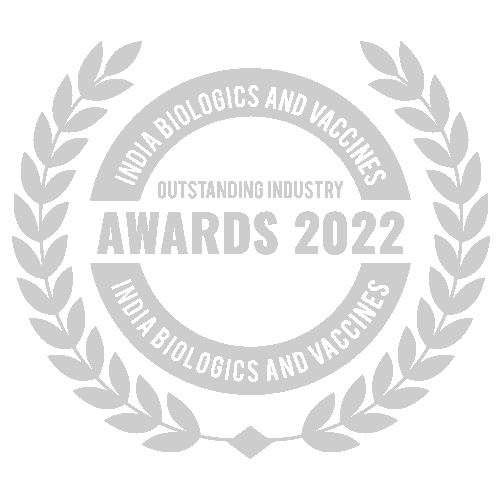
Best Temperature Monitoring Solution Provider
Awarded by India Biologics & Vaccines Outstanding Industry Awards 2022

Adapt Ideations Recognised As A Supply Chain Leader
by Alcott Global on Supplify's Supply Chain Tech Map 2.0
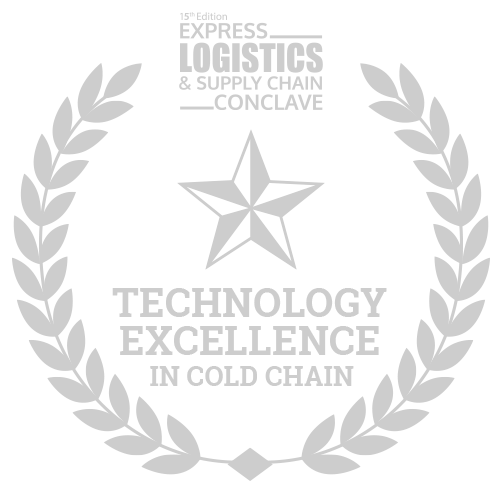
Related Articles.

